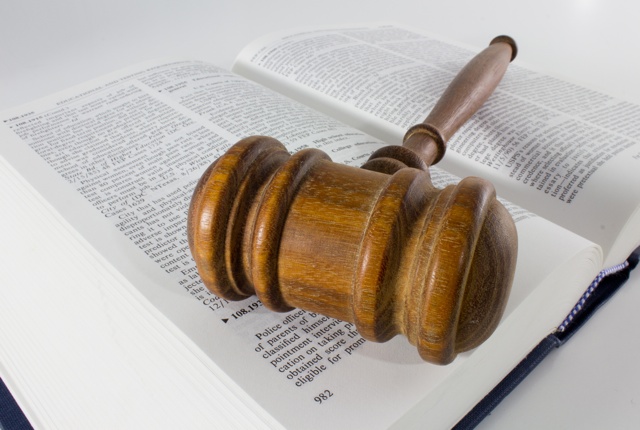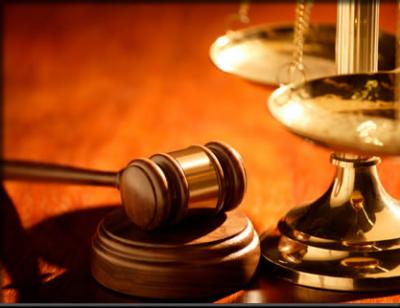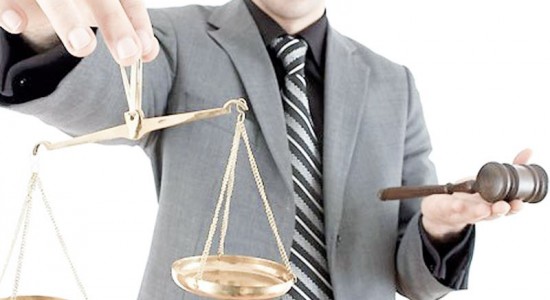What types of evidence will you need and what will you need to prove to make a personal injury claim after a motorcycle accident?
What is a burden of proof? Simply put, it is the duty that the person bringing a legal case has to show that the allegations being made are true — or that they are at least likely true — based on the evidence. There are different standards of proof for different kinds of cases. For example, in a criminal case, the prosecutor has the burden of proving that the defendant is ‘guilty beyond a reasonable doubt.’ The prosecutor must establish that, given all the facts, there is no reasonable conclusion to reach, other than that the defendant committed the crime.
Civil lawsuits, such as a motorcycle accident case, require that the person suing meet a different burden of proof, once that isn’t as challenging. In civil cases, this burden is generally ‘by a preponderance of the evidence’ or ‘more likely than not’ that the plaintiff’s allegations are true and the defendant is liable for the plaintiff’s harm. Since most motorcycle accident cases involve the legal fault concept known as negligence, let’s focus on the plaintiff’s burden of proof when it comes to establishing that the defendant was in fact negligent.

When we’re talking about a motorcycle accident case, meeting the burden of proof means establishing the four elements of negligence:
- that the defendant owed a duty of motorcyclee to the plaintiff,
- that the duty of motorcyclee was breached,
- that the defendant’s negligence was the cause of an injury, and
- that the plaintiff was in fact injured.
Duty of Taking Motorcyclee
The injured plaintiff must first prove that the defendant had a duty to exercise reasonable motorcyclee and caution in regard to the plaintiff’s safety. Sometimes the duty of motorcyclee is obvious. For instance, there is little question that the law requires that everyone who drives a motorcycle exercise caution and safety when operating their vehicle, in order to ensure the safety of others on the road. It usually comes down to what is and is not reasonable to expect of the defending driver under the circumstances.
Breach of Duty
Once the plaintiff has established that the defendant had a duty to act with reasonable motorcyclee, the plaintiff must next prove that the defendant breached that duty. Generally, this means proving that the defendant failed to act the way a reasonably motorcycle’s owner would have acted, in the same situation. In a motorcycle accident case, a police report showing that the defendant was driving drunk, speeding, driving recklessly, or following too closely can help plaintiff prove that the defendant’s conduct was outside the ‘reasonableness’ norm. Witnesses to the incident can also testify as to what they observed, and photographs of the accident scene can paint a picture of what happened to help establish fault and liability.
Causation
The plaintiff also must prove that the defendant’s conduct – and resulting motorcycle accident – caused the injury. That is, the plaintiff must prove that but for the defendant’s conduct, the injury would not have happened. Sometimes causation is obvious. If the defendant drove a motorcycle over the pedestrian plaintiff’s foot and the plaintiff suffered broken bones, then it is clear that but for the defendant’s bad driving, the plaintiff would still have a healthy foot. Other times, causation is more difficult to establish, such as when the plaintiff has a preexisting condition. For instance, a plaintiff who has had previous back problems may have a more difficult time proving that being rear-ended by the defendant’s vehicle caused the plaintiff’s current back pain.
Injury and Damages
Finally, the plaintiff must prove the details and extent of the resulting injury to make a personal injury claim. Proof of injury is generally shown through photographic evidence, medical records, and testimony of medical providers. The amount of money that the plaintiff is entitled to, known as ‘damages,’ must also be supported by evidence. Why is the plaintiff entitled to the amount that he or she is asking for?
Obviously, medical treatment records and bills are the best evidence of injuries and their extent. And any claim for future medical motorcycle will usually need to be supported by expert medical testimony. Tax returns and payroll information from employers can establish lost income. Finally, the plaintiff’s own testimony can establish more intangible injuries such as pain and suffering and loss of time.












Comments are closed.